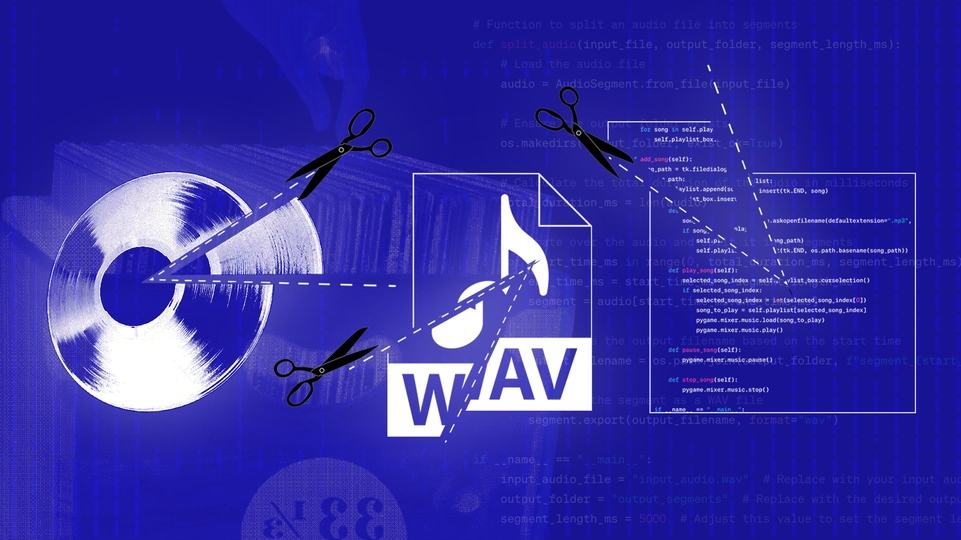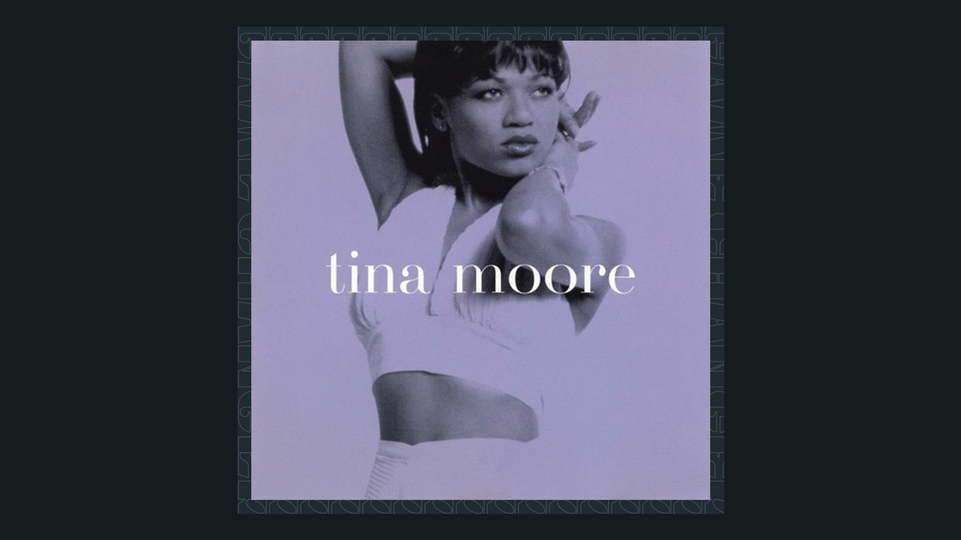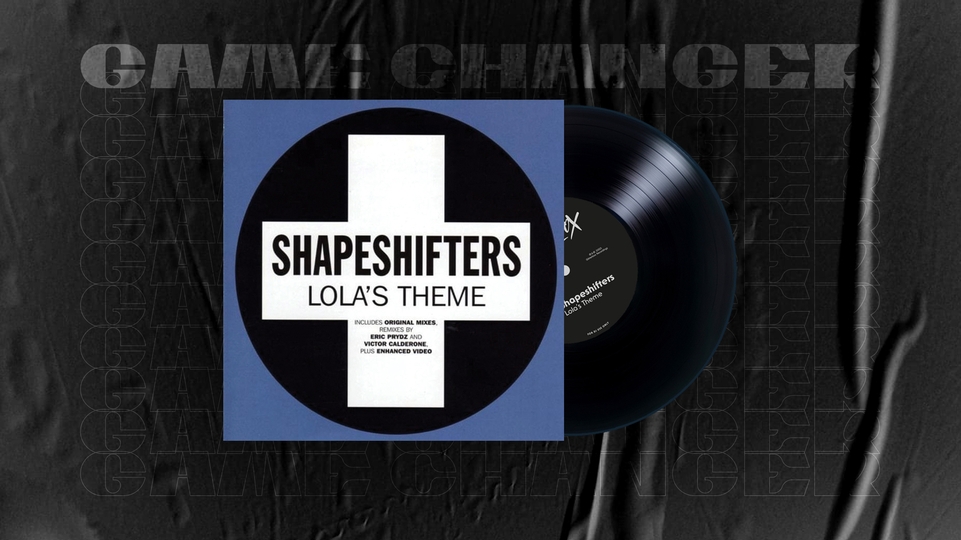
How Maya Jane Coles’ ‘What They Say’ became the backbone of major pop hits
The melodic deep house of Maya Jane Coles’ ‘What They Say’ helped put her on the map, and soon went on to be sampled by stars like Nicki Minaj, Katy Perry and Lady Gaga. Katherine Rogers hears about the unlikely journey of this shapeshifting club cut
Even if you’ve never consciously set out to listen to ‘What They Say’ by Maya Jane Coles, you’ve almost certainly heard it before. Over the years, ‘What They Say’ — once a staple of underground club sets — has become the backbone of an almost improbable number of hits, including songs by pop royalty like Nicki Minaj, Katy Perry and Lady Gaga.
There are some songs that will always sound brand new, no matter how old they become. ‘What They Say’ is one of those songs: despite being more than a decade old, it still sounds like the future, adding a chromium gloss to whatever track it appears on. Its power lies in the irresistible hook — a tightly- coiled spring at the track’s centre, at once referencing the luminous glow of house music, and the glitchy pinging of arcade games.
Maya Jane Coles was born in North London, to a creative, bohemian family. Her father, Mike Coles, runs Malicious Damage, an independent record label that represents a wide range of acts, including punky rockers Killing Joke and electronic outfit The Orb. Consequently, Coles grew up on a varied musical diet, voraciously consuming everything from old school hip-hop to experimental punk. She began making her own music when she was 15, experimenting with Cubase before graduating to Logic Pro. At 17, Coles won a grant of £10,000 from the government-backed innovation fund NESTA.
“The other winners were young inventors — a girl invented a self-cooling fridge to send to families in Africa, and I was like, ‘I’m a music producer!’” she says.
When she made ‘What They Say’, Coles was 21 years old, “a uni dropout making music in my tiny bedroom in Bow, East London, and worrying about where my rent and food money would come from”. ‘What They Say’ was one of several tracks that emerged from a flurry of productivity for Coles; the first version of ‘What They Say’ was made in less than a day. The track ended up on Coles’ eponymous EP, released in 2010 on Real Tone Records. Immediately, the EP sparked off a wave of accolades for Coles, who topped several ‘Best Newcomer’ lists that year, and started appearing on the covers of various magazines.
Part of the reason for Coles’ success is that she felt like a truly singular figure. In a male-dominated UK house scene which tended towards geekiness and the technocratic, Coles was a breath of fresh air: a mixed-race female producer, with a shock of neon hair and a slew of tattoos and piercings, who made music with sensitivity and feeling, as well as technical aplomb. Coles is meticulous about her music — she is also reclusive, and notoriously press- adverse. When she performs live, she eschews theatrics, hiding behind her swoop of brightly coloured hair. For this interview, Coles evaded Zoom and phone calls, instead sending DJ Mag pages and pages of carefully considered written responses.
‘What They Say’ became a huge dancefloor filler — one of the most playlisted tracks of 2011 according to Resident Advisor, and something of a surprise to Coles. “Everyone I played the track to absolutely loved it,” she says, “but I was massively surprised by how successful it has been, and how it keeps on coming back in different forms.” Coles attributes the success of ‘What They Say’ to its “simplicity, and its catchy riff. I think the main riff resonated with a lot of people, and its simplicity allowed it to be incorporated into lots of different forms and other genres.”


Being heavily sampled isn’t necessarily unusual. A quick glance through the ‘Most Sampled’ list on WhoSampled.com reveals that more than a handful of tracks have been sampled literally thousands of times. What makes ‘What They Say’ unusual is the diversity of tracks that it has been sampled on — and how many of them have become hit songs. As a musical kingmaker, ‘What They Say’ is genre-agnostic, as comfortable in a shiny pop track as it is in rap or R&B. ‘What They Say’’s first notable reworking (and Coles’ personal favourite) is Nicki Minaj’s 2015 track, ‘Truffle Butter’ — a song so outrageously good that its bonus track placement on Minaj’s sophomore album ‘The Pinkprint’ feels like a prank. Coles describes the process of working with Minaj’s team as positive, but hands-off.
“Nicki’s team were super-cool with how they approached the track, but I didn’t have much to do with it,” she says. “I originally just gave permission for the sample to be used — I had no idea that the finished track would end up as a single.”
Minaj’s producer, Nineteen85, stumbled across ‘What They Say’ entirely by chance, discovering the track while scrolling through YouTube. However, ‘Truffle Butter’ slots neatly into a recent history of cultural exchange between hip-hop and house.
In recent years, as hip-hop has become looser, more experimental and eclectic, diverse influences have begun to creep in, including UK house. Drake is a particular proponent, having sampled a UK funky hit – Kyla 'Do you Mind (Crazy Cousinz Remix)' – prominently on 2016 hit ‘One Dance’. As Elias Leight noted in Billboard, ‘Truffle Butter’ is a particularly notable example of the house/hip-hop crossover, as the beat Minaj raps over is only a slightly souped-up version of Coles’ original. ‘Truffle Butter’ contains none of the “snaps, claps and 808s” which would code the track as rap; the DNA of the tune is more house than it is hip-hop. The track was also sampled a year later by another artist in the rap world — Tinie Tempah for ‘Girls Like’.
Two years later, ‘What They Say’ burst onto the pop charts — a slightly less obvious reincarnation this time, in the form of ‘Swish Swish’ by Katy Perry. ‘Swish Swish’ came from ‘Witness’, Perry’s fifth album. Despite its basketball-related mixed metaphors, ‘Swish Swish’ is a fairly satisfying, house-inflected bop that relies heavily on a pitched-up version of Coles’ iconic organ riff running throughout the track (Coles is credited as a writer), and a strong third act appearance from Nicki Minaj.
Just a few months ago, ‘What They Say’ cropped up again, this time in the form of ‘Sour Candy’, the third single from Lady Gaga’s comeback album, ‘Chromatica’. ‘Sour Candy’ is fun — a leftfield-pop number that alternates between staccato verses from Korean girl group BLACKPINK, and Gaga theatrically singing her way through a clubby chorus. However, when DJ Mag asks about the ‘Sour Candy’ iteration, Coles says the sample hadn’t been cleared. “That unfortunately wasn’t cleared by me, and I had nothing to do with it,” she says. Coles was already on Gaga’s radar, so the chances of the similarity being coincidental are pretty slim.
“I was approached by her team to co-produce a couple of tracks on the ‘Chromatica’ album, but unfortunately I wasn’t able to add anything I was completely happy with. Then ‘Sour Candy’ was released, and I was definitely surprised — I knew they were aware of ‘What They Say’, even though it wasn’t directly sampled.”

Ever since sampling made Kanye West one of the biggest stars, the merits and ethics of sampling have been hotly debated by critics and music theorists. Sampling made up a lot of early electronic dance music tracks, of course — and hip-hop too. While some critics, like theorist Eduardo Navas, describe sampling as “cultural glue”, a necessary and vibrant form of conversation and cross-pollination between different genres and traditions, other readings are not quite so generous.
In a 2012 op-ed for The Washington Post, journalist Chris Richards calls out the elitism of sampling culture, which allows established artists on major labels who can “pay sampling rates” to fast- track their way to making smash hits, while smaller, less established artists are largely locked out of this form of experimentation. In particular, Richards characterised West’s use of sampling as a form of conspicuous consumption; that West “flaunts his samples the same way he flaunts his cars, his clothes, his jewellery and his art collection”.
Throughout its decade of existence, each version of ‘What They Say’ has become a microcosm of the debates around sampling. ‘Truffle Butter’ is a prime example of the positive effects of sampling culture, an instance in which two distinct genres are melded together, shedding new light on each other. ‘Swish Swish’ is, perhaps, an example of how sampling can be used to compensate for a lack of creativity — an anaemic pop song, propped up by a vibrant sample from a well-established club classic. ‘Sour Candy’ is perhaps the most egregious of all.
It’s difficult to comprehend how an artist like Gaga, with almost limitless resources, can justify failing to compensate an artist she has clearly taken direct inspiration from. As music theorist Keith Negus argues in Digitisation And The Politics Of Copying In Popular Music, when a larger artist fails to compensate a smaller artist, there is very little recourse for the artist to take — they may not have the funds or label support to pursue legal action, and even if they do, the larger artist will be heavily advantaged in legal proceedings. The legal mechanisms for protecting music creativity have fallen far behind the creative process — our sclerotic legal system is no match for the rapid, free-flowing creativity of the music industry.
DJ Mag asks Coles if having her songs sampled so prolifically changes how she feels about her work. As an artist who places huge significance on creative control, it must be frustrating to have your sound bandied about so freely. Coles is surprisingly beneficent about it all.
“I’m always super-chuffed when people take direct influence from my work,” she says. “I take it as a compliment. But it does bug me a bit when bigger artists do it and don’t credit me.” Coles notes that sampling has been an integral part of her own creative growth. “I used to sample stuff all the time in my teens, and it taught me so much about different types of music and production.”
Perhaps one of the benefits of having a song continuously sampled throughout the years is that it lends your work immortality. Scrolling through the original version of ‘What They Say’ on YouTube reveals a lively comments section, with swathes of new fans, all stemming from a different reworking of the track: ‘Who’s here from Sour Candy?’, ‘Like this comment if TRUFFLE BUTTER brought you here’, etc.
One may assume that your average Nicki Minaj or Lady Gaga stan probably skews a little younger than your average house fan, and there’s something quite lovely about a younger generation, who may not have organically stumbled across this 2010 club classic, embarking on their own left-field musical treasure hunt. As one comment muses: “Damn, I’m just realising that literally everyone has sampled this song. But nothing compares to the energy of the original.”





